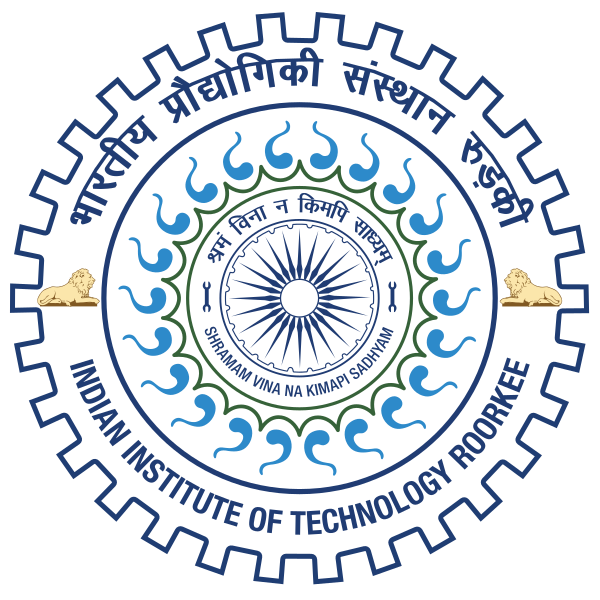Please use this identifier to cite or link to this item:
http://localhost:8081/jspui/handle/123456789/9521Full metadata record
| DC Field | Value | Language |
|---|---|---|
| dc.contributor.author | Koche, Shilpa | - |
| dc.date.accessioned | 2014-11-19T10:28:00Z | - |
| dc.date.available | 2014-11-19T10:28:00Z | - |
| dc.date.issued | 2006 | - |
| dc.identifier | M.Tech | en_US |
| dc.identifier.uri | http://hdl.handle.net/123456789/9521 | - |
| dc.guide | Dasguta, S. | - |
| dc.description.abstract | With the shrinking dimensions of semiconductor devices, it is becoming increasingly important that the analysis of devices be rooted in quantum mechanics rather than in classical analysis. Quantum Mechanical effects (QMEs), which manifest when the device dimensions are comparable to de-Broglie wavelength of electron, are becoming common physical phenomena in the current nano-meter technology era. Solutions to minimize the adverse effects caused by QM while keeping the down scaling trend are sought in the research community and industry wide. A self-consistent solution of two-dimensional Poisson and Schrodinger Wave equation using finite-difference formulation method of a Metal-Oxide-Semiconductor-Field-Effect-Transistor (MOSFET) is presented. A numerical solution of two-dimensional Poisson's equation and Schrodinger wave equation of a nano-meter MOSFET bas been obtained to gather information about the charge , the potential distribution and mobility in the channel region. The solution of two-dimensional Poisson equation and Schrodinger Wave equation is sought through the boundary governed by the physics of the device. A fast iterative method for obtaining self-consistent solutions to the coupled system of Schrodinger's and Poisson's equations is presented. Here we need the self-consistent solution of the coupled Poisson and Schrodinger equations. While algorithms for the solution of this system have been known for quite some time, their efficiency and stability have remained an issue especially for two-dimensional grids. It is shown that Quantum Mechanical (QM) effects strongly influence the potential profile within the channel of the nano-scale device. So, full QM simulations will become mandatory issue for nanoscale MOSFET modeling and design in coming future. Extensive mobility modeling is also taken into consideration. Surface potential and electric field profile in the channel of nano-MOSFET is also presented. This thesis describes numerical modeling of nanoscale MOSFETs from the viewpoint of device physics. | en_US |
| dc.language.iso | en | en_US |
| dc.subject | ELECTRONICS AND COMPUTER ENGINEERING | en_US |
| dc.subject | SELF CONSISTENT MODEL | en_US |
| dc.subject | PE AND SWE | en_US |
| dc.subject | LOW DIMENSION MOSFET | en_US |
| dc.title | DEVELOPMENT OF SELF CONSISTENT MODEL WITH RESPECT TO PE AND SWE FOR LOW DIMENSION MOSFET | en_US |
| dc.type | M.Tech Dessertation | en_US |
| dc.accession.number | G12706 | en_US |
| Appears in Collections: | MASTERS' THESES (E & C) | |
Files in This Item:
| File | Description | Size | Format | |
|---|---|---|---|---|
| ECDG12706.pdf | 2.42 MB | Adobe PDF | View/Open |
Items in DSpace are protected by copyright, with all rights reserved, unless otherwise indicated.

